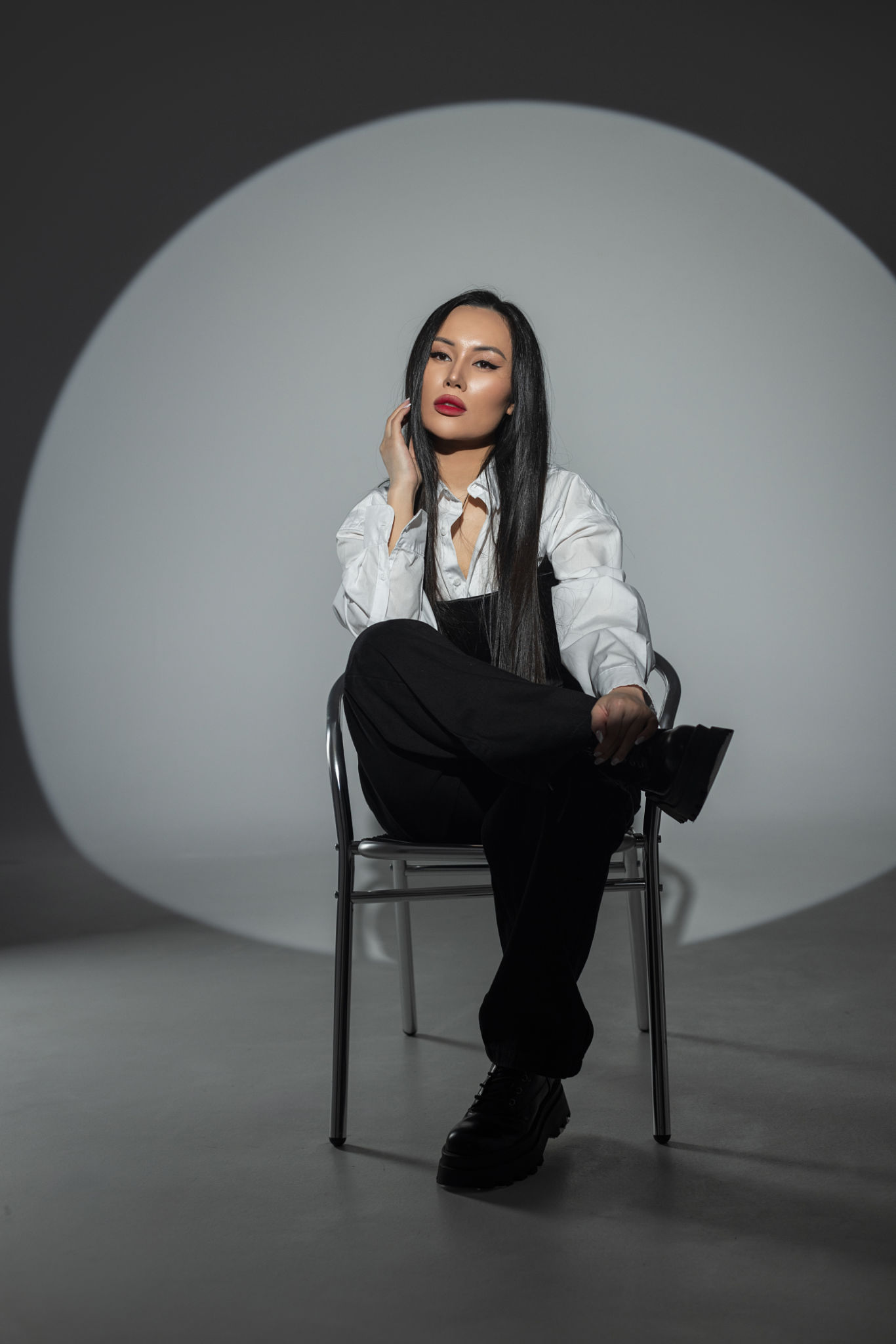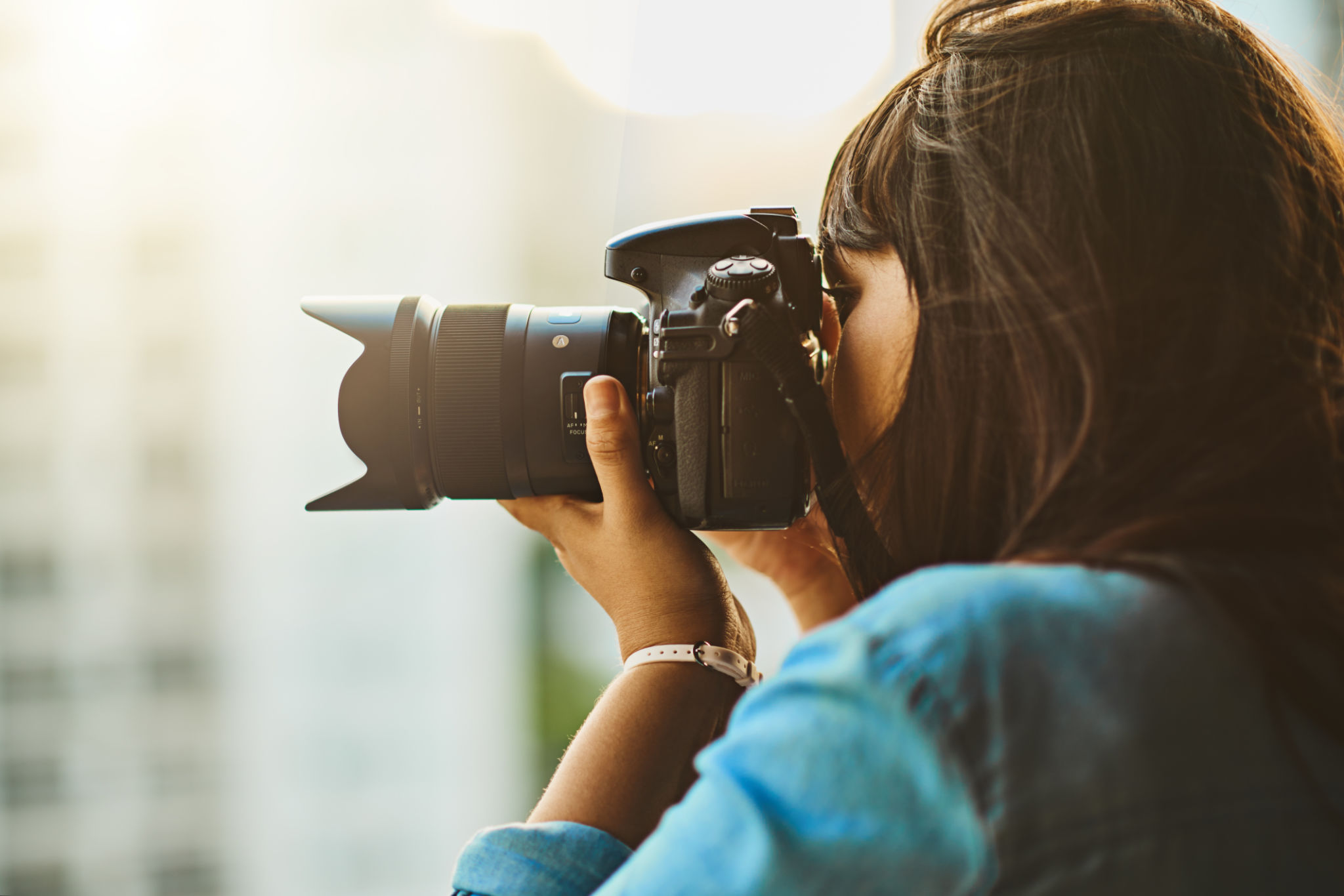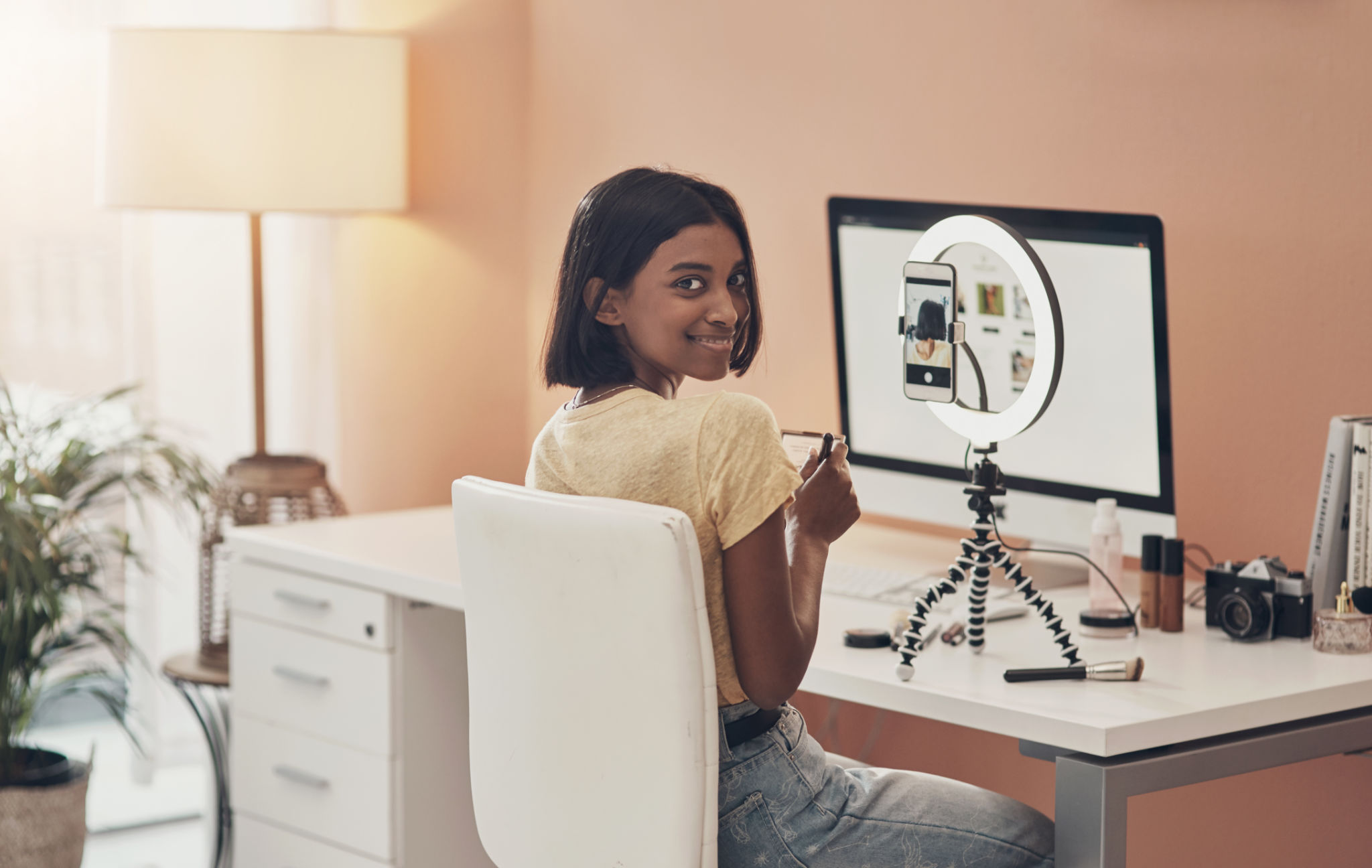Mastering the Art of Editorial Photography: Essential Tips for Stunning Magazine Features
HM
Understanding Editorial Photography
Editorial photography is a fascinating blend of art and storytelling, often used to complement written content in magazines. Unlike commercial photography, editorial work is not about selling a product; it's about capturing a narrative or concept that resonates with the audience. This unique characteristic demands a skilled eye and a creative approach.

Planning Your Shoot
Successful editorial photography begins with meticulous planning. Start by understanding the theme or story you want to convey. Collaborate closely with the magazine's editorial team to ensure that your vision aligns with theirs. This partnership is crucial for crafting images that enhance the written content.
During this phase, it's important to consider locations, models, and props that will help bring your story to life. Create a detailed shot list to ensure you capture all necessary elements during the shoot. Being organized will save time and reduce stress on the day of the shoot.
Choosing the Right Equipment
While artistic vision is paramount, having the right equipment can significantly impact the quality of your images. A high-resolution camera, versatile lenses, and reliable lighting gear are essential for producing stunning editorial photographs. Additionally, consider using a tripod for stability during complex shots.

Directing Your Subjects
In editorial photography, directing your subjects effectively is key to achieving compelling results. Communication is crucial—guide your models with clear instructions and encourage them to express emotions that align with the story you are telling. This interaction can transform a simple pose into a captivating image.
Don't hesitate to experiment with angles and perspectives to add depth and interest to your images. Sometimes, unconventional approaches can lead to unexpected and beautiful results that stand out in a magazine spread.
Mastering Post-Production
The editing process is an opportunity to refine your images and ensure they align with the editorial style of the magazine. Use post-production software to adjust colors, contrast, and sharpness, enhancing the overall aesthetic of your work. However, it's important to maintain a balance—over-editing can detract from the natural beauty of your photographs.

Showcasing Your Work
Once your photos are ready, consider how they will be presented in the magazine. Pay attention to layout and design elements that can complement your images. Collaborate with graphic designers to create a cohesive visual experience that enhances the storytelling aspect of your work.
Your portfolio is your most valuable asset as an editorial photographer. Regularly update it with your best work, showcasing the diversity and creativity of your projects. A strong portfolio can open doors to new opportunities and collaborations in the competitive world of magazine photography.
Staying Inspired
Finally, staying inspired is essential for continued success in editorial photography. Engage with other photographers' work, attend exhibitions, and immerse yourself in diverse forms of art. Inspiration can be found everywhere, fueling your creativity and pushing the boundaries of what you can achieve in your next editorial assignment.